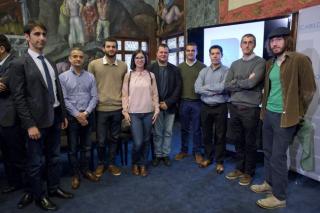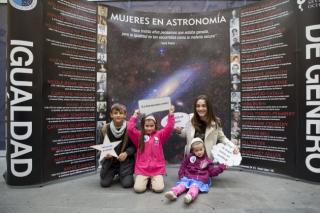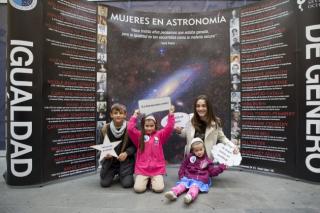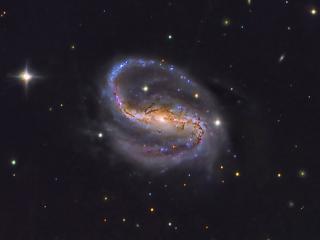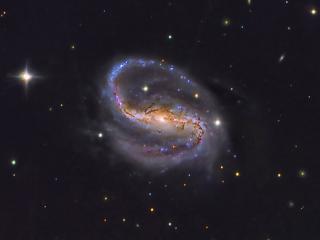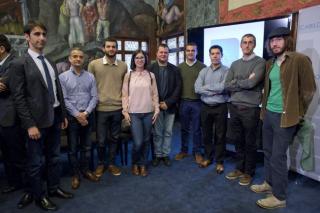
El Programa “Agustín de Betancourt” del Cabildo de Tenerife y el Gobierno de Canarias ha permitido la contratación de siete ingenieros y una ingeniera para este centro de tecnología avanzada vinculado al IAC.
Advertised on
This section includes scientific and technological news from the IAC and its Observatories, as well as press releases on scientific and technological results, astronomical events, educational projects, outreach activities and institutional events.

